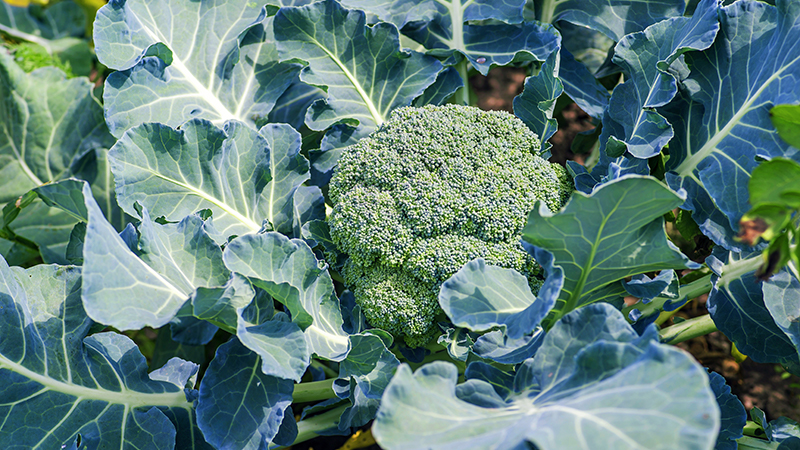Researchers Say It’s Too Soon To React To Frost Damage
With unseasonably warm temperatures in March, and then two bouts of unseasonably cold temperatures in early April, growers in many areas of the country were left in a wait-and-see mode.
“The cold weather was stressful, both for the fruit grower and the flowers,” writes Jim Schupp, Professor of Pomology at Penn State University, in a recent Penn State news bulletin.
Evaluations In Pennsylvania
Schupp and the research team at the Penn State Fruit Research and Extension Center in Biglerville, PA, evaluated not only the research center’s trees but also two commercial orchards.
“Based upon our evaluations, it appears that, so far, there is good reason to expect a full crop of fruit in South-central Pennsylvania,” he writes.
Schupp suggests growers evaluate their own trees.
“Remember — the focus is always on what is left, not on what is dead. Too much focus on the dead flowers can lead to an ill-timed and inaccurate sense of scarcity when thinning season arrives,” he writes.
Evaluations In Massachusetts
Trees were at ¼ inch green bud stage when the cold temperatures hit in Massachusetts, says Jon Clements Extension Educator with the University of Massachusetts, Amherst.
“I am recommending the usual ‘spring tonic’ spray of zinc, boron, and urea to help repair damaged buds and spur leaves,” Clements says.
Clements says growers can evaluate damage — which he estimates an average of 50% apple flower buds could be damaged. He says there is also damage on spur leaves, however he is unsure of how much significance that will be this year. But, Clements cautions growers to not get into a doom and gloom mindset.
“[There are] still plenty of good buds to set a crop, however, it’s always best to start with a full house,” he says. “The damage picture will become clearer as the buds separate and come into bloom. Plus, we still have to get through a full moon and bloom before we are out of the woods.”
Clements says this damage may affect king bloom and that could impact chemical thinning decisions. But, again, he says it is too early to know how things will play out.
Evaluations In New York
Mario Miranda Sazo of Cornell Cooperative Extension echoes Schupp and Clements’ assessments. He says growers in Western New York are optimistic about this year’s crop and are focusing on planting. Sazo says it’s too early to make any overarching crop estimates. He’s encouraging his growers to wait until fruit set to make thinning decisions.
Evaluations In Indiana
Peter Hirst of Purdue University says it is much of the same in Indiana, where southern orchards experienced more damage because warmer temperatures accelerated development much more than the northern parts of the state. In the latest Fancy Fruit newsletter, he says there has been damage to peach and apple crops.
“But pretty much full crops are still expected. Even in Lafayette at the Meigs farm we have seen a little bud damage to both peaches and apples, but only 20% or so of buds appear to be affected,” he writes. “Remember that even with 10% of buds alive (90% kill) we are often still looking at a full crop. So what’s the take-home message? Mostly we dodged a bullet and will still need to thin.”










